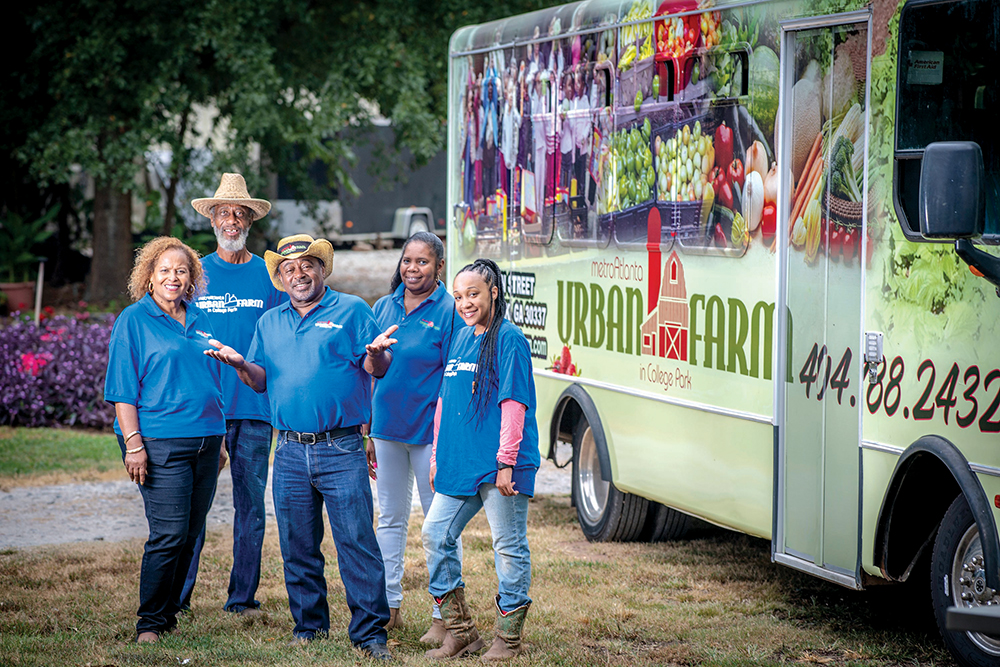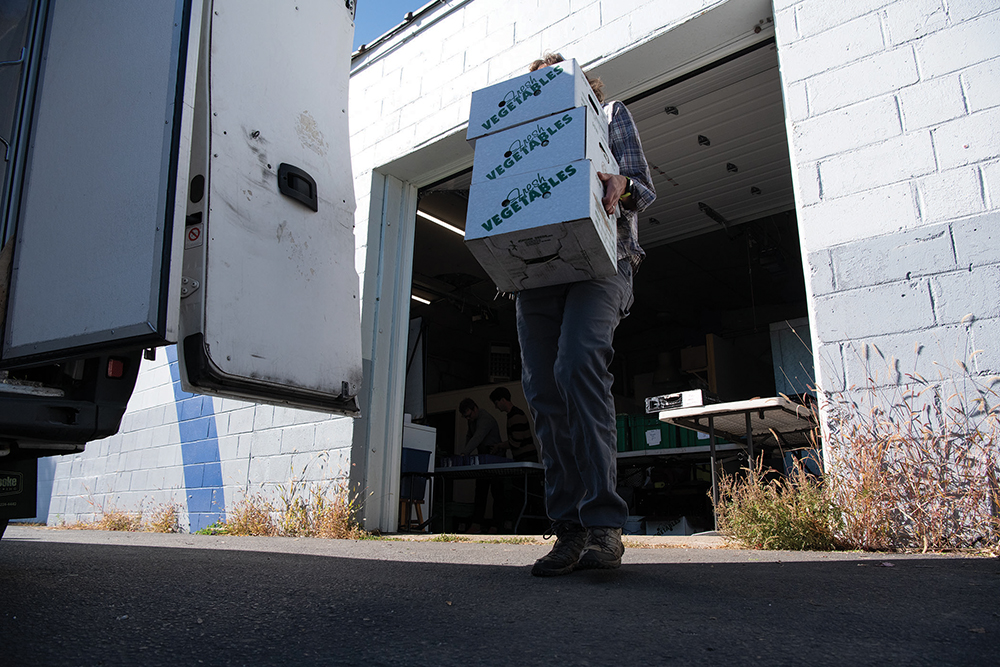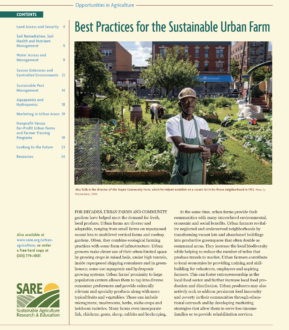
Urban farms support the community and local and regional food systems by directly marketing fresh, healthy foods to nearby residents, businesses and institutions. Marketing your products comes with challenges, however. Perhaps most significant is competition from rural farms that can typically produce higher volumes at lower costs. Still, there can be many upsides to growing and marketing produce from an urban farm. One opportunity in urban spaces is the higher density of potential customers—both businesses and individuals—and the shorter distances required to find them. The dense nature of urban centers allows for urban farmers to create highly efficient delivery routes.
Choosing the right way to market your products will be critical to the success of your farm. Most smaller urban farmers rely on direct marketing through pop-up shops, farmers markets and CSAs, as well as some sales to locally owned restaurants and retail stores, whereas larger, more established urban farms may have the capacity to do more of their marketing to food distributors and wholesalers.

Also, because urban growing space is limited, consider how you can maximize production in your space. For example, grow high-turnover, high-value crops like microgreens and mushrooms in addition to other vegetable crops. Structures that allow for season extension are important as well.
Be sure to carefully consider your farm’s brand and how to market your products effectively. Clearly define your product and highlight what makes it stand out. Incorporate unique features of your product, farm’s values and production practices in your product’s marketing. Is it local, organic, non-GMO or produced using good agricultural practices? (Although, be aware that some labels, like organic, require a formal certification and review process.) Emphasize values and themes that can differentiate you from your competitors, such as the ideas of hyper-local and urban renewal, as well as any social justice work you might engage in. Customers may be more willing to support your business when you share your values and highlight the positive role you play in their community.
Common marketing channels have their own advantages and disadvantages, so choose the types that work for your operation. University of Maryland’s Urban Agriculture Guide nicely summarizes common direct and indirect marketing approaches, as well as the basics of marketing and urban agriculture.
